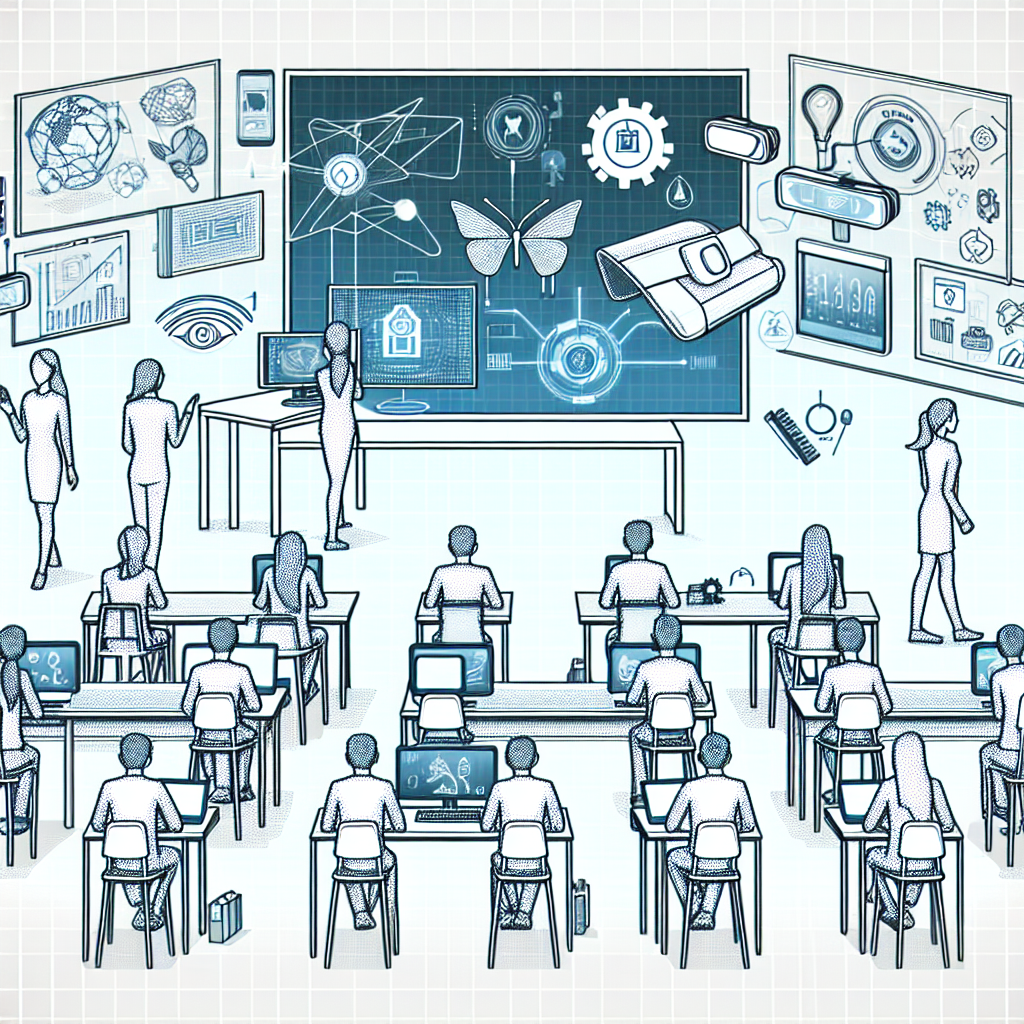One of the most exciting advancements recognized today is the integration of Augmented Reality (AR) into our educational systems. This revolutionary technology has the potential to completely transform the way we teach and learn, fostering immersive, engaging, and interactive learning environments.
AR is a technology that superimposes a computer-generated image on a user’s view of the real world, thereby providing a composite view. In a classroom setting, AR can bring abstract concepts to life, promote active learning, and encourage students to engage with their subjects in a practical, hands-on manner.
Take, for instance, the subject of history.
Traditionally, students would learn about historical events through textbooks, with perhaps the addition of some visual aids or documentaries. However, with AR, students can potentially “live” through these historical events, exploring different eras and cultures as if they were physically present.
This is a far cry from passive learning and brings about a level of engagement and understanding that is hard to achieve through traditional means.
Similarly, in science education, AR could allow students to explore the internal workings of a human body or visualize complex chemical reactions. These practical experiences not only make learning more enjoyable but can also greatly enhance students’ comprehension and retention.
Furthermore, AR can cater to a range of learning styles. Visual learners can greatly benefit from the graphic displays and demonstrations, while kinesthetic learners can interact physically with the educational material.
This multifaceted approach to teaching could help ensure that no student is left behind, regardless of their preferred learning style.
Moreover, AR has the potential to democratize education, breaking down geographical and financial barriers. With the right technology, students can learn about the world’s best museums or the solar system without leaving their classrooms or homes. This could particularly benefit remote or under-resourced schools, ensuring that all students, regardless of their circumstances, have access to high-quality, immersive education.
However, as with any technology, the integration of AR into education is not without its challenges. It requires substantial investment in terms of hardware and software, and not all institutions may have the resources to make this leap.

Additionally, educators need to be adequately trained to use these tools effectively and safely.
Moreover, the potential of AR in education extends beyond the classroom walls. For example, it can also be used for professional training and development, helping employees to upskill and reskill in a rapidly changing job market. By simulating real-world scenarios, AR can provide invaluable hands-on experience without the associated risks or costs.
In light of these developments, it’s evident that AR has a significant role to play in redefining the educational landscape.
It’s not just about replacing traditional teaching methods, but enhancing them, making learning more immersive, engaging, and effective. As we continue to explore the potential of this technology, we are likely to witness a revolution in how we teach and learn. It’s an exciting time for education, and we’re only just scratching the surface of what’s possible.
While there are challenges to overcome, the potential benefits of AR in education are too great to ignore. As technology advances, we need to ensure that our education systems keep pace, harnessing the potential of these tools to provide the best possible learning experiences.
With the right investment, training, and strategies, AR could fundamentally transform education as we know it. The future of education is here, and it’s augmented.